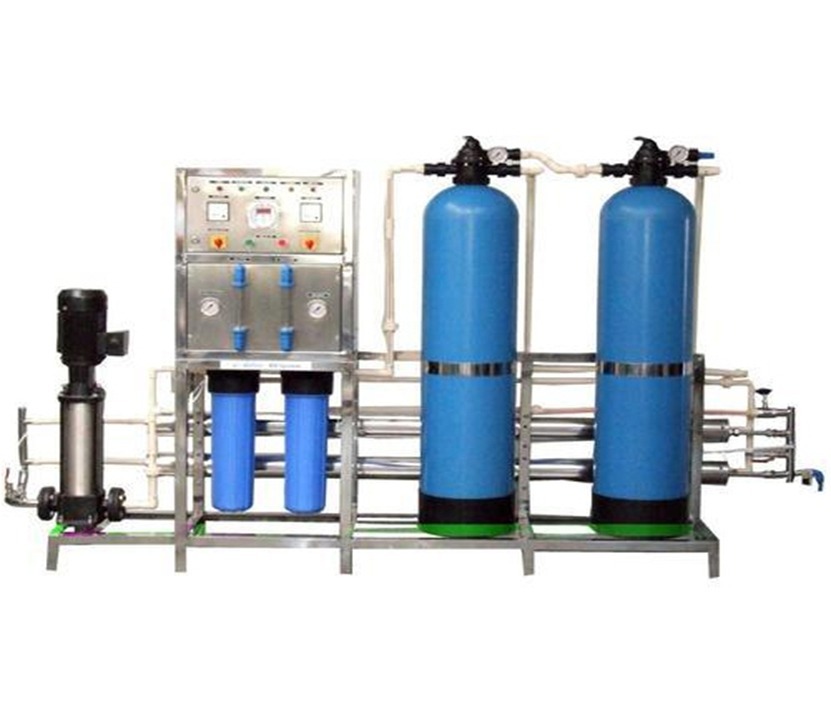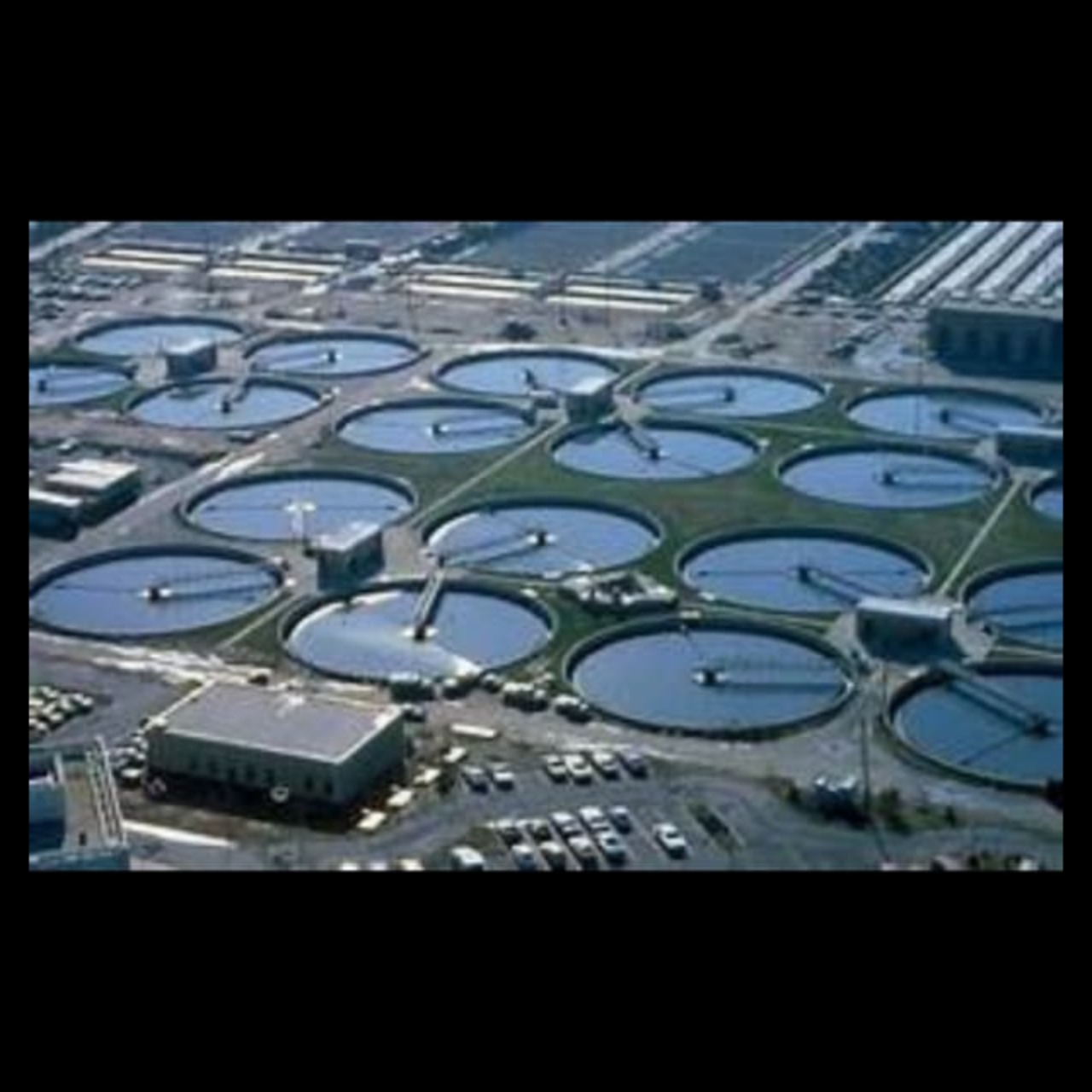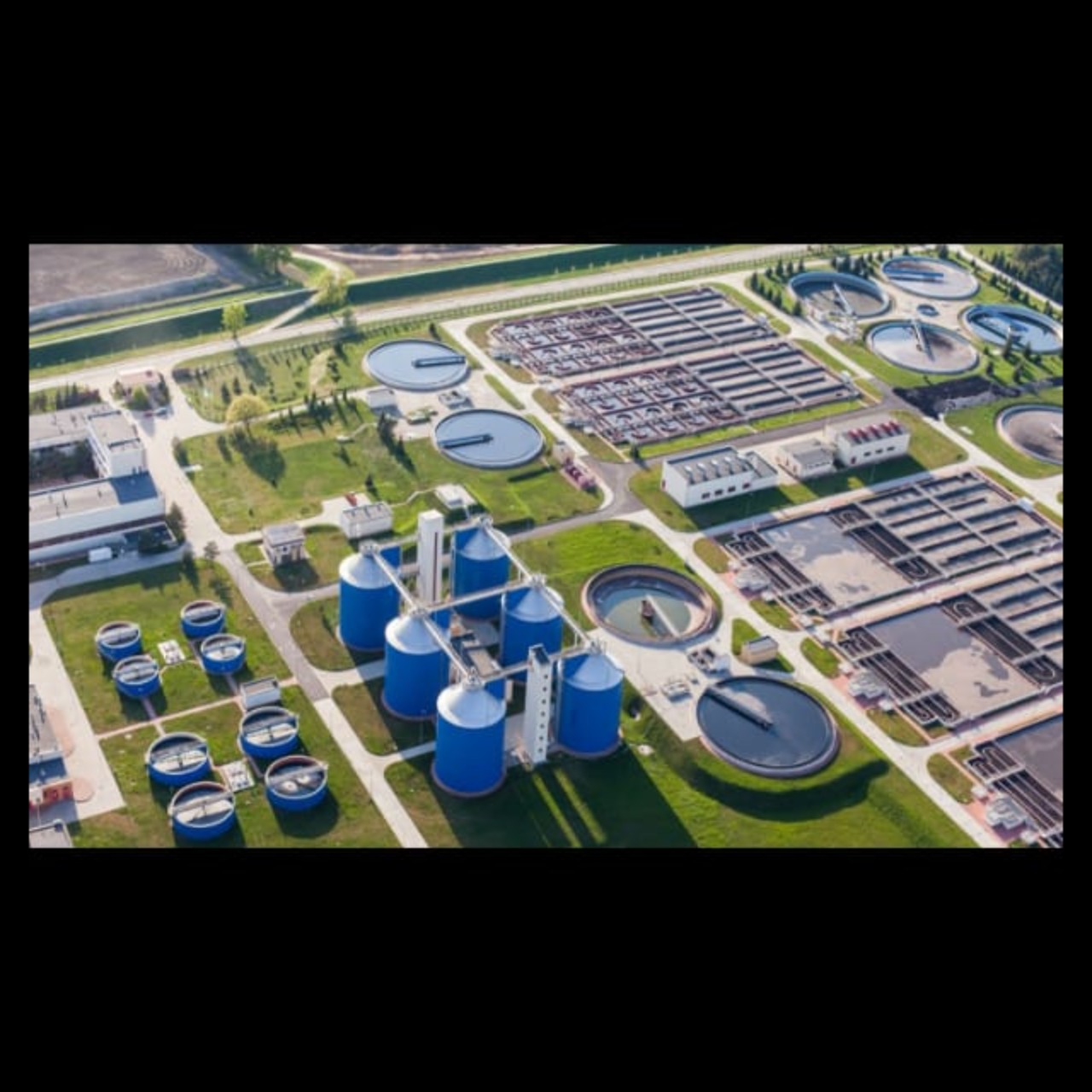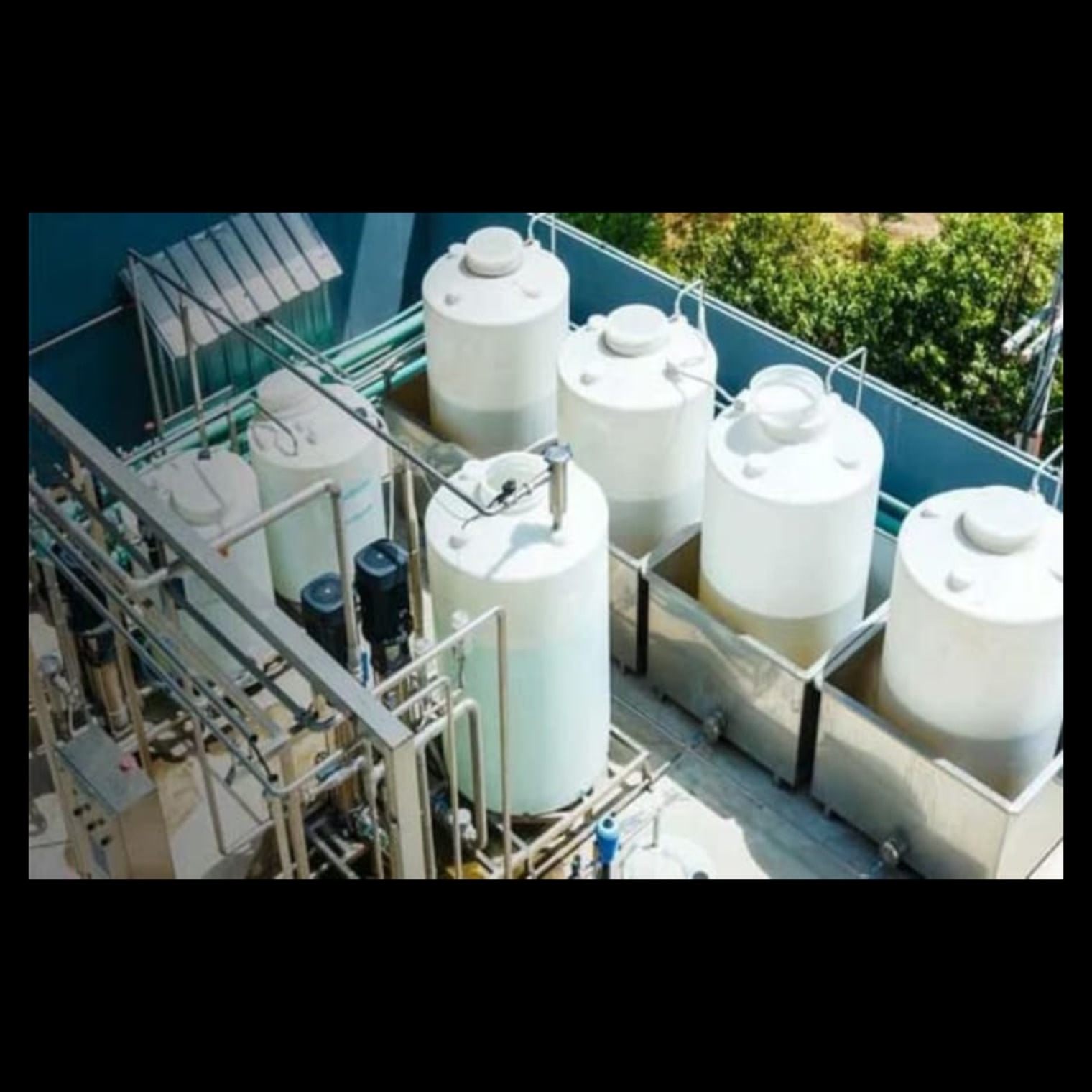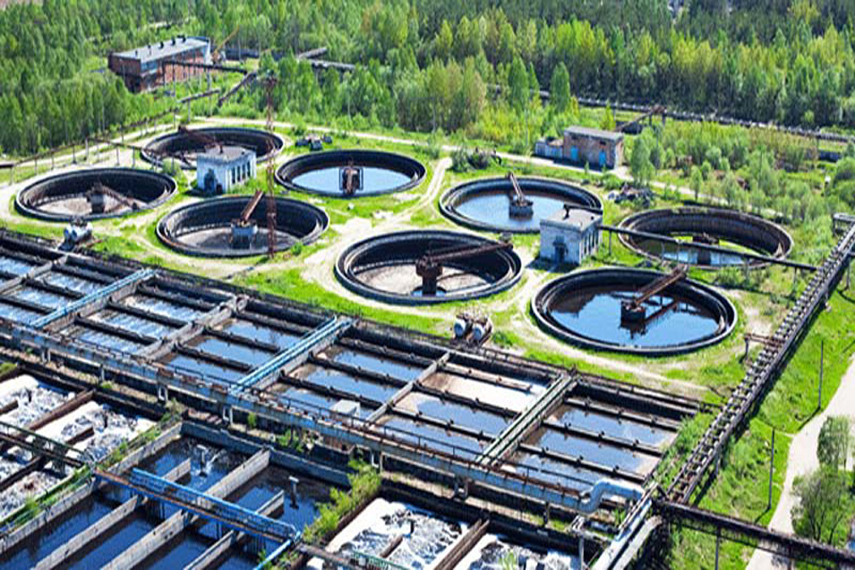
What is a Sewage Treatment Plant ?
It might surprise you to know that we all drink and Shower in reuse of wastewater. The water we flush down the toilet is became into Drinkable water, and it is the job of sewage treatment (or domestic wastewater treatment, municipal wastewater treatment) plants to make this water suitable for people Using or release into rivers and ocean.
Wastewater from washbasin, shower, laundry machines, washrooms and other appliances has to go someplace. After covering miles of drain network, it ends up in sewage treatment plants whose job is to treat and release it.
The Used Water or Wastewater, leaves the houses through pipes installed during plumbing, It then move into drains, either build by the house owner or into a drain facility set up by the municipality.
How does a sewage treatment plant work?
Sewage treatment plants run wastewater through various treatment phase. After preliminary filtration, there are three main stages of wastewater treatment (primary, secondary, and tertiary), with the third stage reserved for shine.
Preliminary treatment
Preliminary treatment of wastewater mention to the pretreatment of raw sewage. Its main job is to remove the rough and huge evacuated substances from the raw sewage. The evacuated substance include floating solids, rags, dust, oil and grease.
The collected raw sewage from the waste drain water is transport to the primary setup. And after screening, primary, secondary and tertiary refiner treats the rushing wastewater to make it recyclable.
Secondary treatment
Secondary treatment is the biological treatment phase that crack down non chemical pollutes in wastewater.
The two most regularly used operation are activated sludge (aerated ponds) and filter beds (sewage tricked over accumulation), where ‘good’ bacteria in the sludge(mud)/amount break down the bacterium in the wastewater.
After secondary treatment, wastewater can sometimes be free, presuming there’s a riskless to human and animal life and the environment.
Tertiary treatment
Wastewater is considered polished after secondary treatment, but tertiary treatment get back to an even premium quality for release in secured waters.
The type of tertiary treatment turn on the wastewater. For example, assume we should release wastewater into shower or crawfish waters. In that case, it needs sterilize, and beneficial in the water, like phosphorous, must also be separated.
Types of tertiary treatment include:
• Microfiltration (where water goes through tiny holes at high pressure).
• Ion exchange (where ions in the water are swapped for other ions).
• Activated carbon adsorption (which removes the biotic).
• Disinfection (where UV light or chemicals kill biotic pathogens excess).
Disinfection
Disinfection of treated sewage focus to kill pathogens (disease-causing microorganisms) earlier to disposal. It is progressively effective after more portions of the foregoing treatment succession have been completed. The reasons of disinfection in the treatment of sewage is to significantly reduce the amount of pathogens in the water to be released back into the environment or to be reutilize. The effectiveness of disinfection released on the quality of the water being treated (e.g. turbidity, pH, etc.), the type of disinfection being used, the disinfectant measure (industry and time), and other environmental changes
Water with high impure will be treated less successfully, since solid matter can target living things, mainly from ultraviolet light or if union times are low. Generally, short contact times, low doses and high flows all resist against productive disinfection. familiar methods of disinfection involve ozone, chlorine, ultraviolet light, or sodium hypochlorite. Monochloramine, which is used for drinking water, is not used in the usage of sewage because of its determination.
